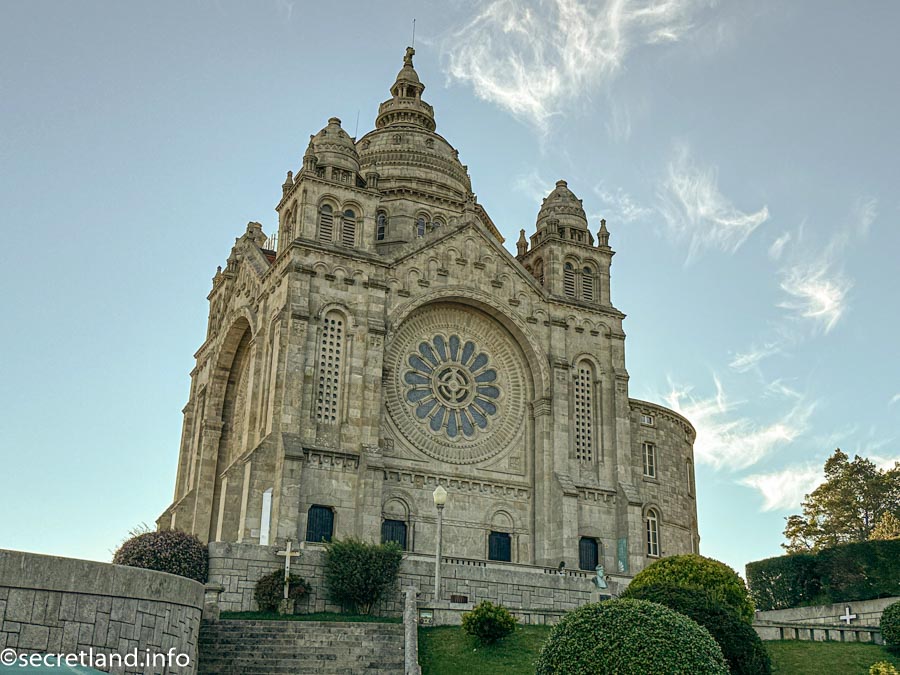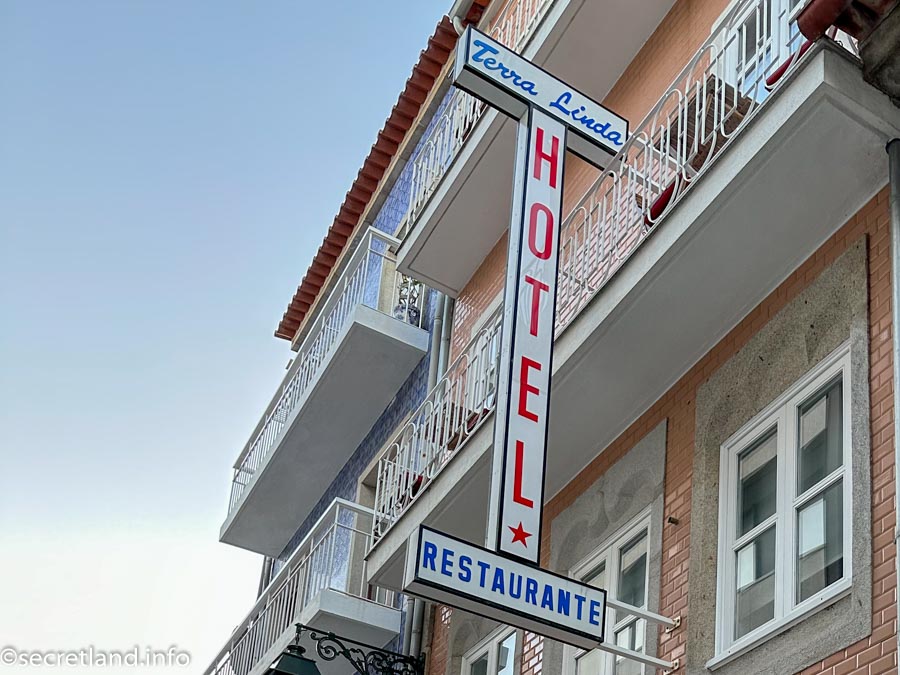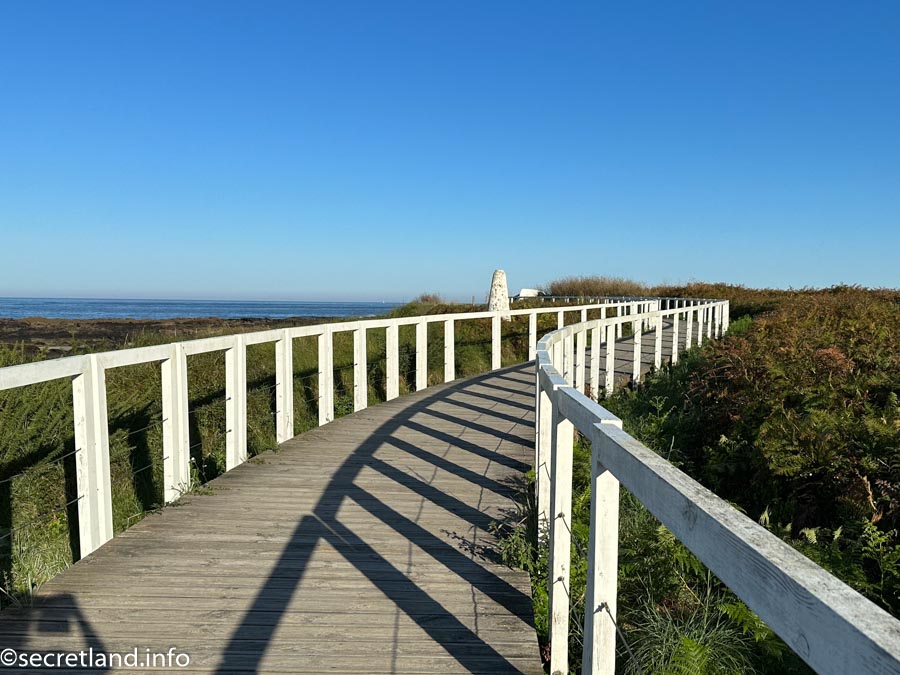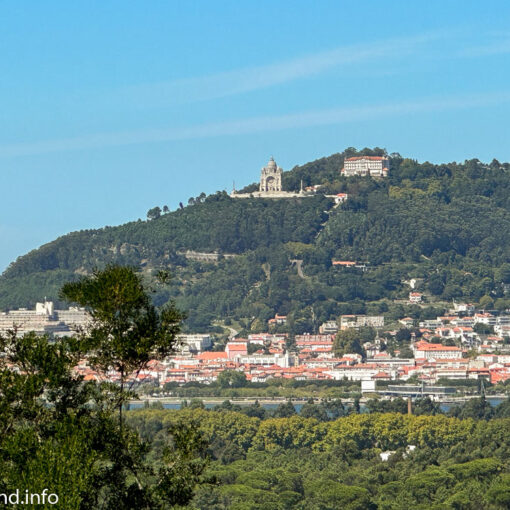Viana do Castelo is a city in northern Portugal on the shores of the Atlantic Ocean near the Lima River. In 1258, according to the charter of King Afonso III, the city of Viana was renamed to Viana da Foch do Lima, in 1848 the city received the name Viana do Castelo.
I stayed in a hotel Terra Linda in Viana do Castelo.
Basilica of Santa Luzia in Viana do Castelo
One of the most famous sights of Viana do Castelo is Basílica de Santa Luzia, which rises above the city on the hill of Monte de Santa Luzia and is visible for several kilometers.
The Portuguese name of the church is Santuário Diocesano do Sagrado Coração de Jesus или Santuário de Santa Luzia e do Sagrado Coração de Jesus.
The church is located at an altitude of 195 meters, in 1923 a funicular was built up the mountain (Elevador de Santa Luzia). This magnificent temple is not only a sanctuary, but also a beautiful place from which to explore Viana do Castelo. From here you can enjoy a wonderful view of the Lima River and the city.
Church website https://templosantaluzia.org/
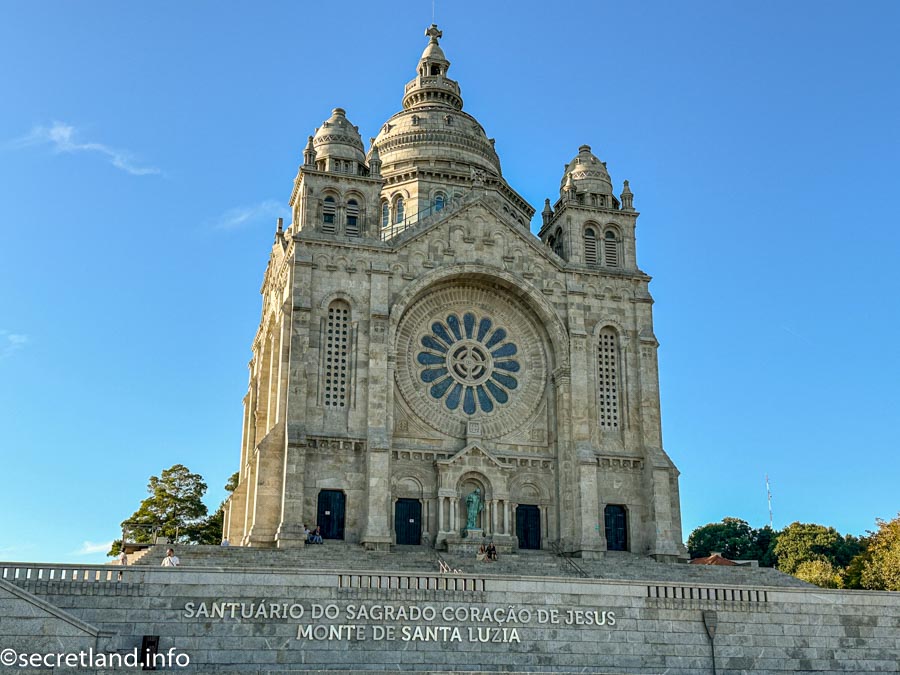
Funicular in Viana do Castelo
Funicular fare (Elevador de Santa Luzia) is 2 euros one way, and a return ticket costs 3 euros. Here you can get stamp for your pilgrim’s passport.
The funicular trip takes about 6 minutes. You can watch the video of the funicular trip here.
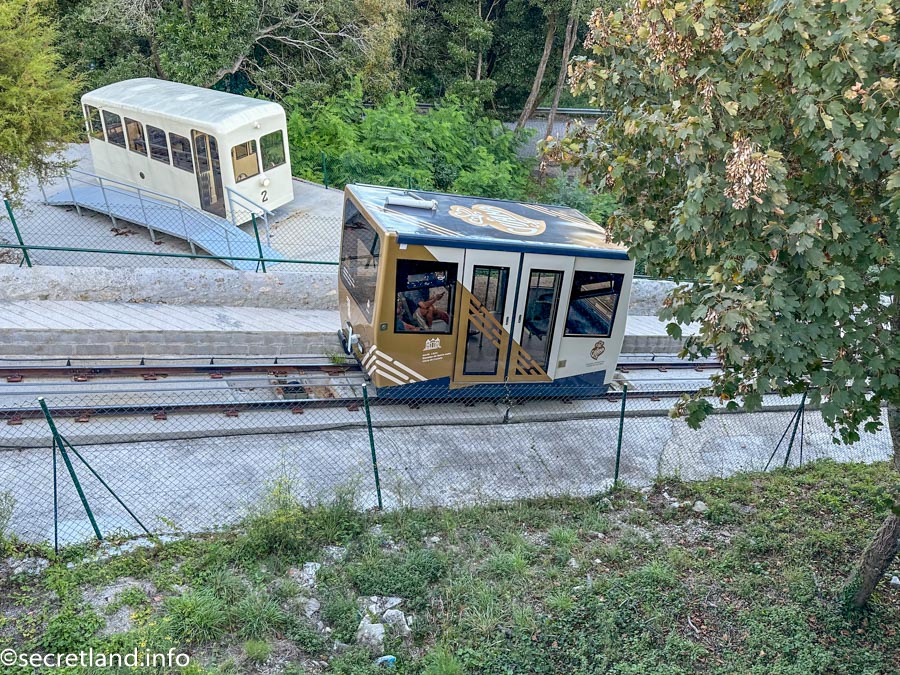
View from the funicular carriage
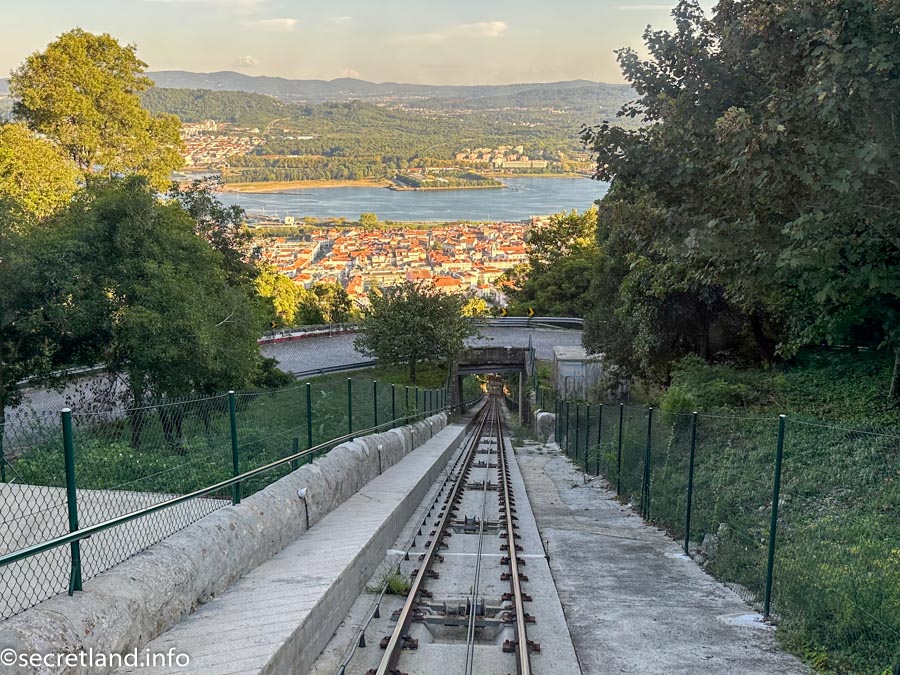
The observation deck of the mountain offers a wonderful view of the city
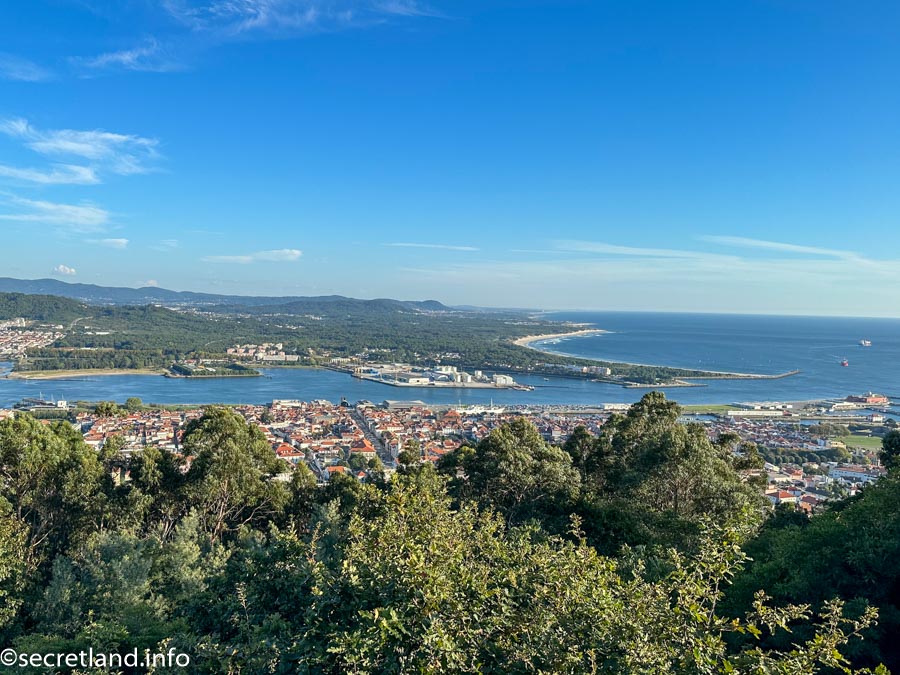
Forte de Santiago da Barra
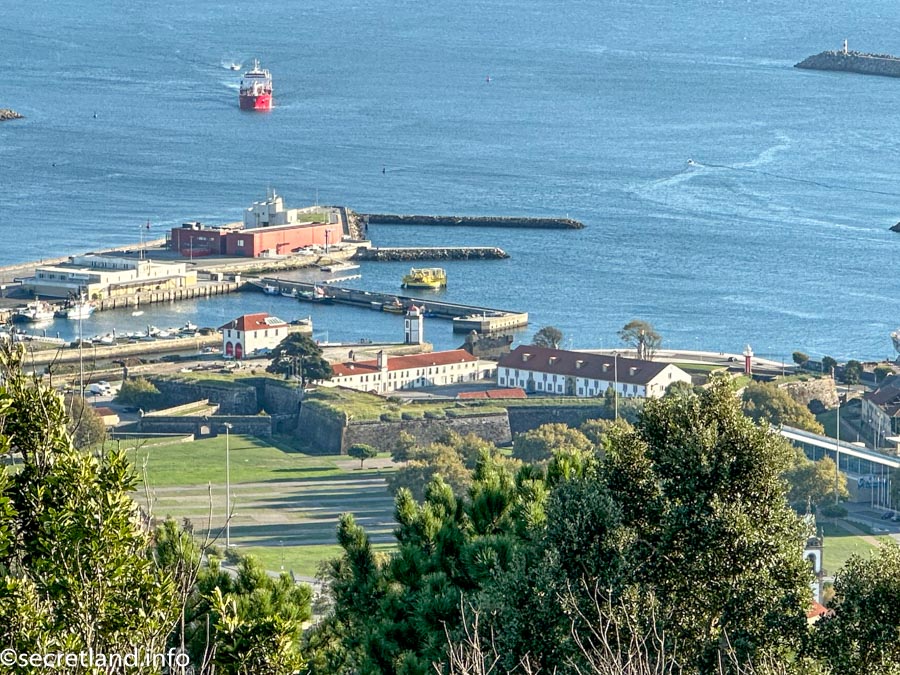
Eiffel bridge across the Lima River, on which I came to the city. The bridge was built according to the project of Gustave Eiffel in 1877-1878.
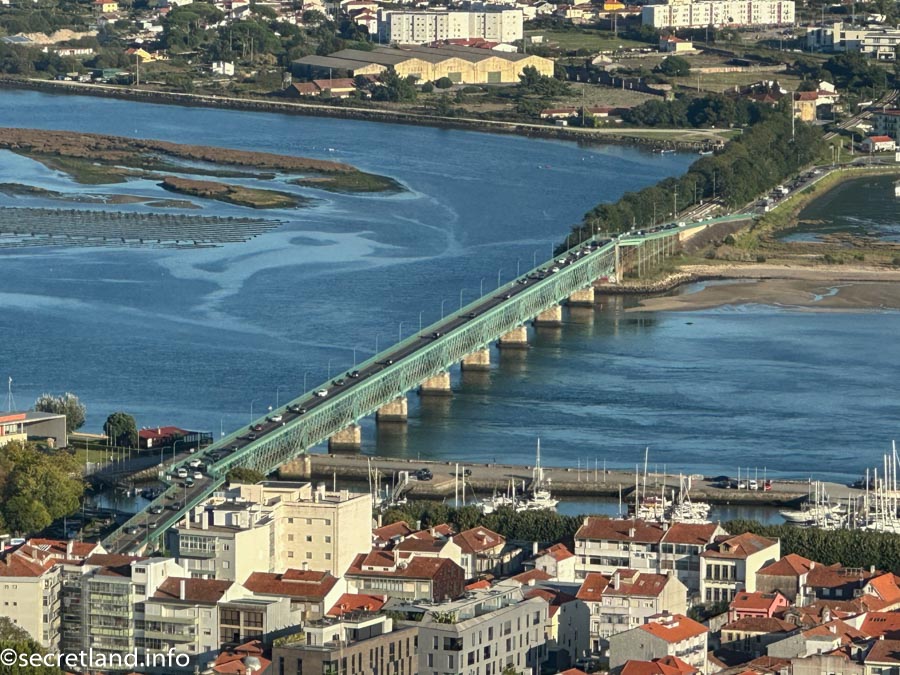
Sights of Viano do Castelo
In the center of the city there are many old streets with wonderful houses, beautiful squares with picturesque fountains, statues and flower beds. One such square is the Republic Square (Praça da República), where you can enjoy the atmosphere of Italian style. The Town Hall is located on the square – one of the most outstanding buildings in the city.
The Chafariz da Praça da República Fountain in the Republic Square is a Renaissance fountain, construction began in 1553 by the mason João Lopes the Elder (João Lopes, o Velho) and completed in 1559. The building according to the font is the town hall.
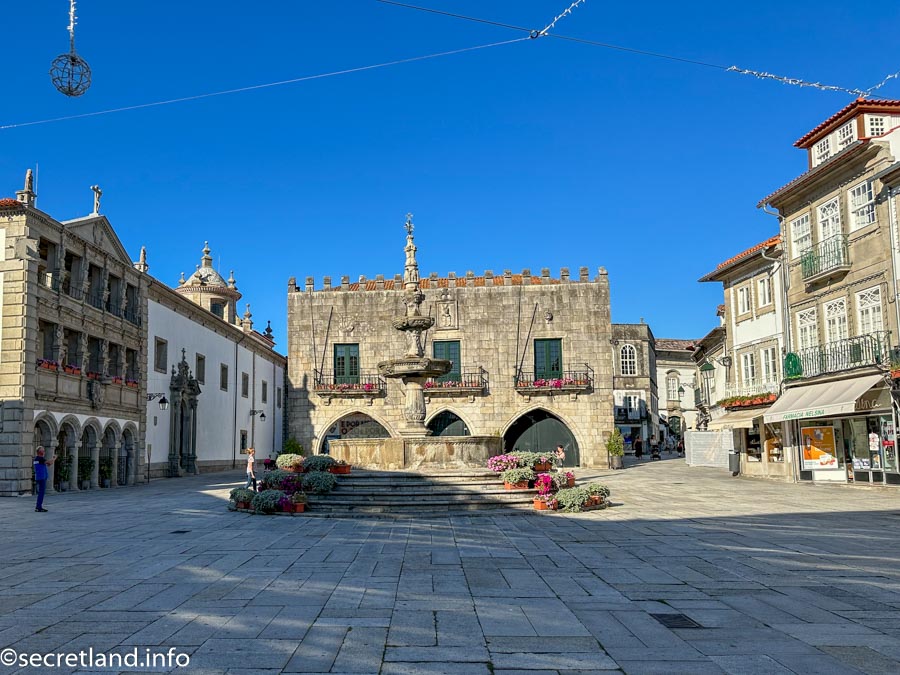
Houses in the historical center of the city
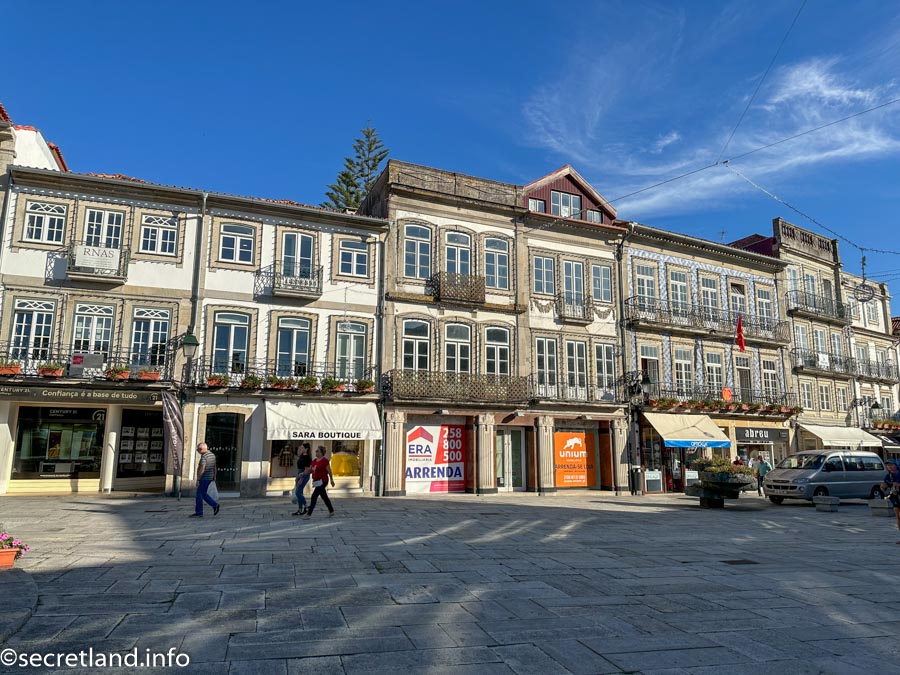
The Church and House of Mercy – Igreja da Misericórdia is also located in Republic Square

Church of Saint Anthony
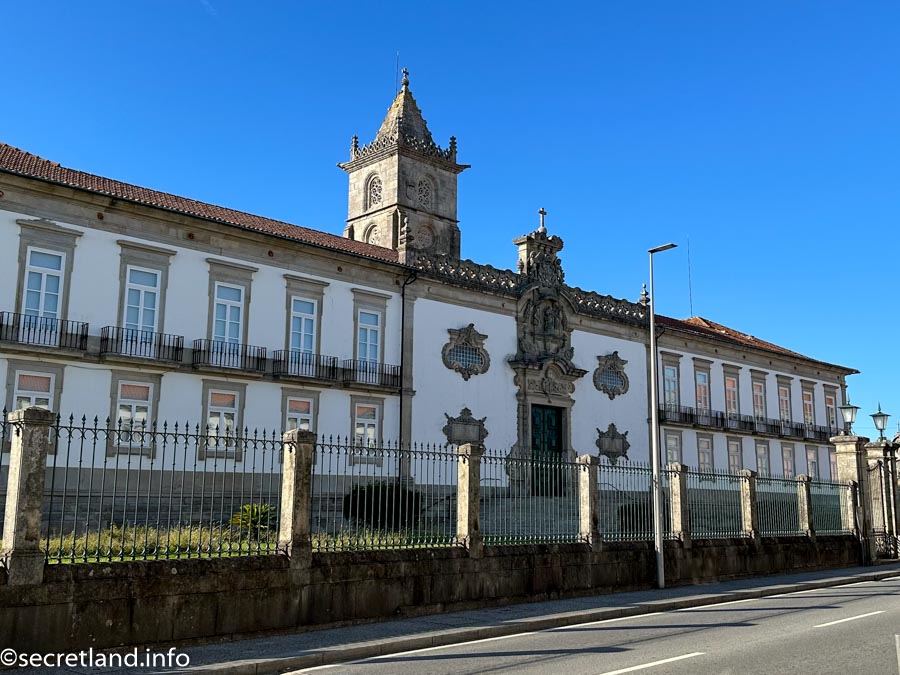
Church of Saint Anthony – Igreja de Santo António
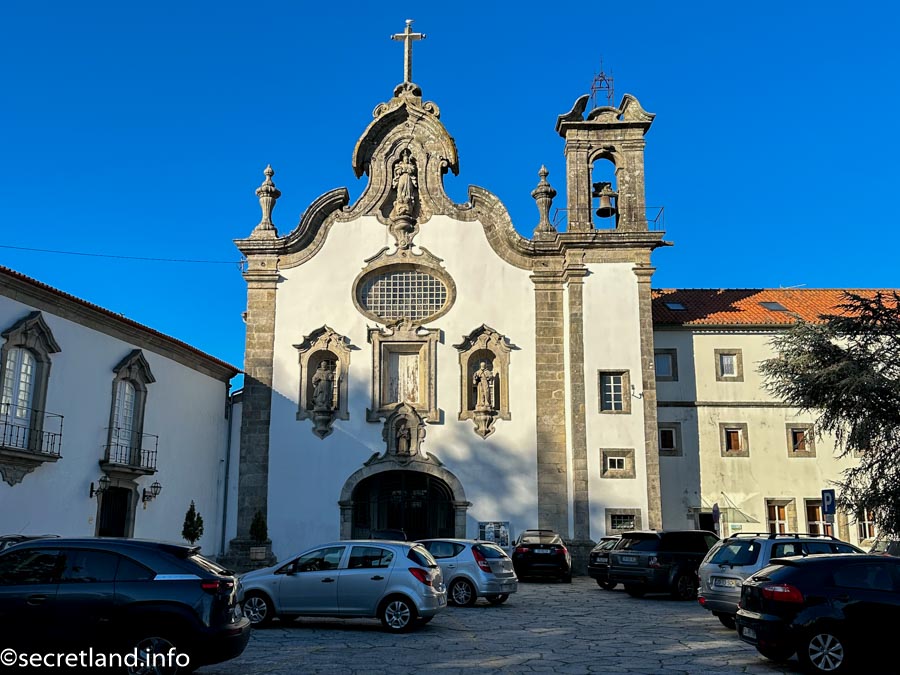
The building of the railway station, in front of which there is a sculpture of Vira Maria, Vira Manel
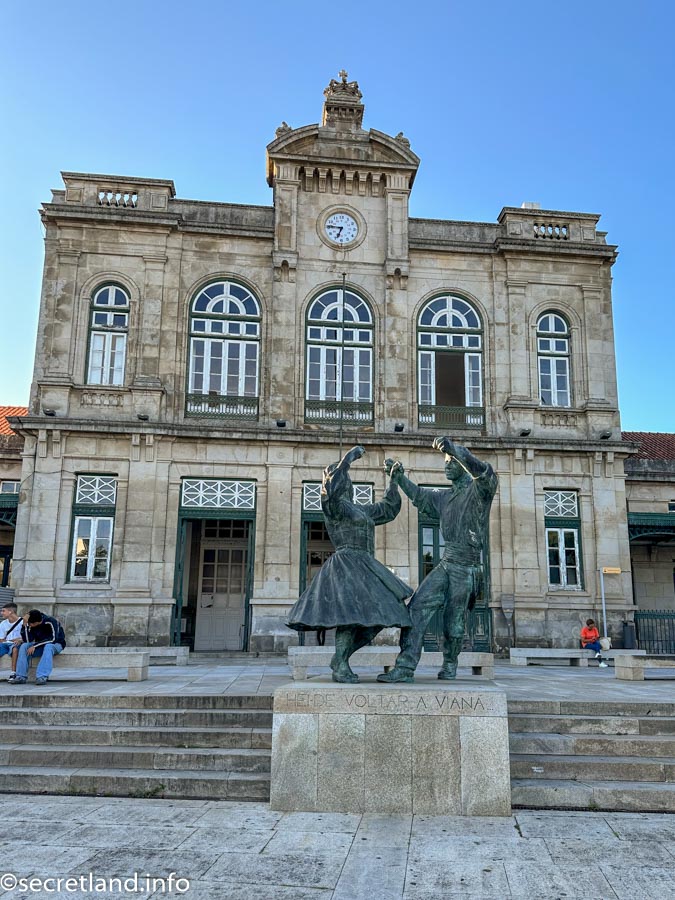
Port in Viana do Castelo
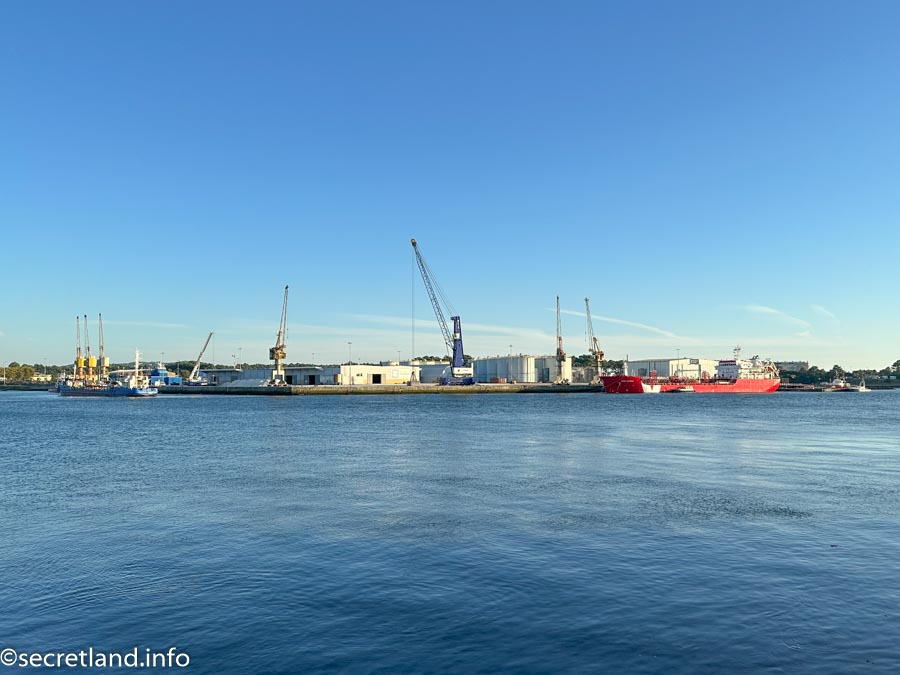
Gil Eannes Museum Ship. Gil Eannes – Portuguese hospital ship. It is currently anchored in the fishing port of Viana do Castel and serves as a museum.
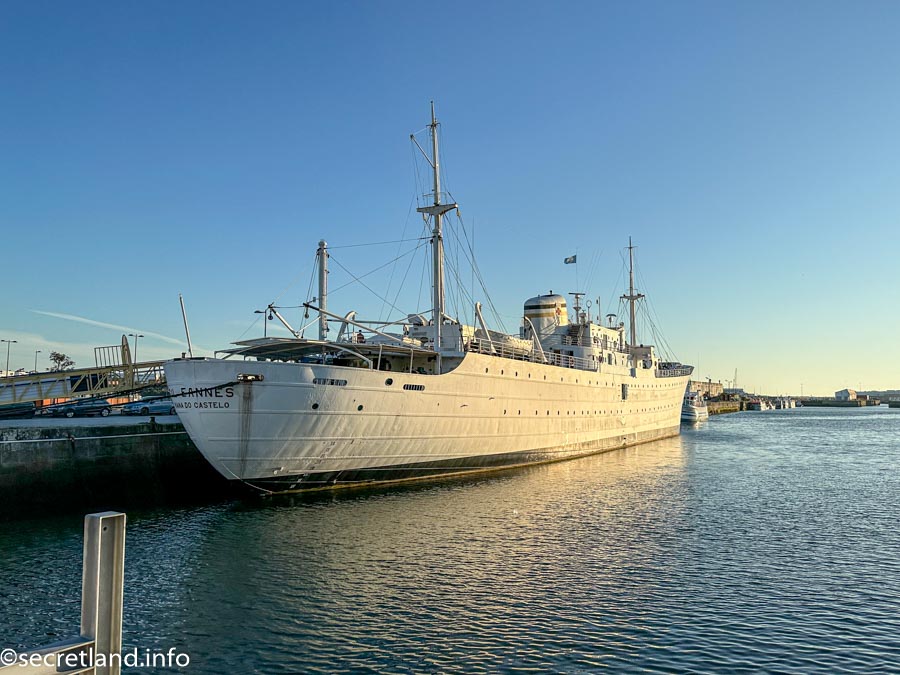
Fountain of Mercury – Chafariz de Mercúrio
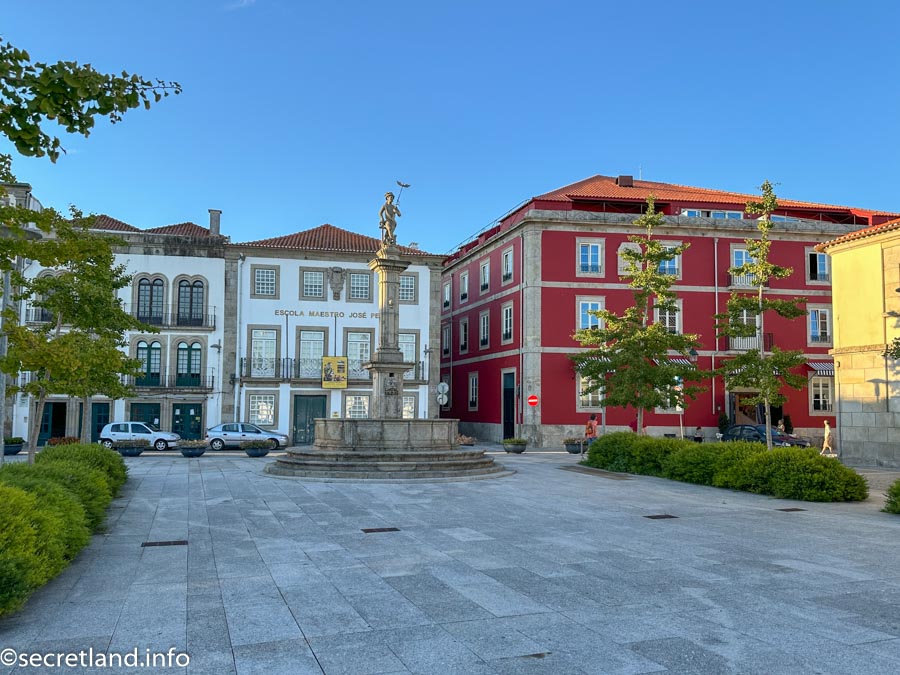
Walking through the city, I wandered into a pizzeria The Real Taste Pizza Kebab, where I was served pizza and beer, but I didn’t really like this place. The pizza was terrible and I didn’t like the stuff.
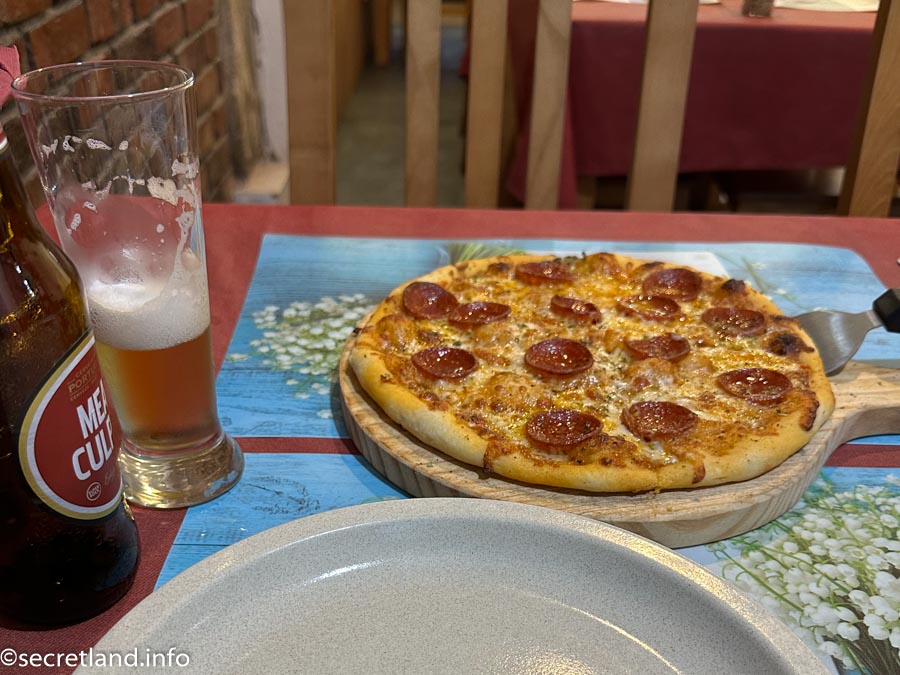
Streets in Viana do Castelo
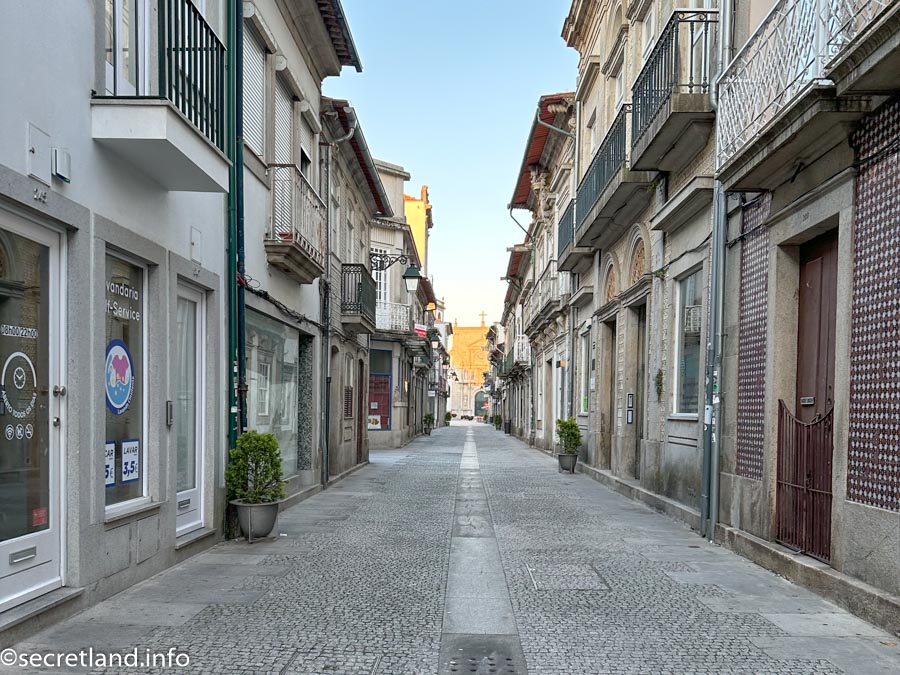
Church of Saint Dominic – Igreja de São Domingos
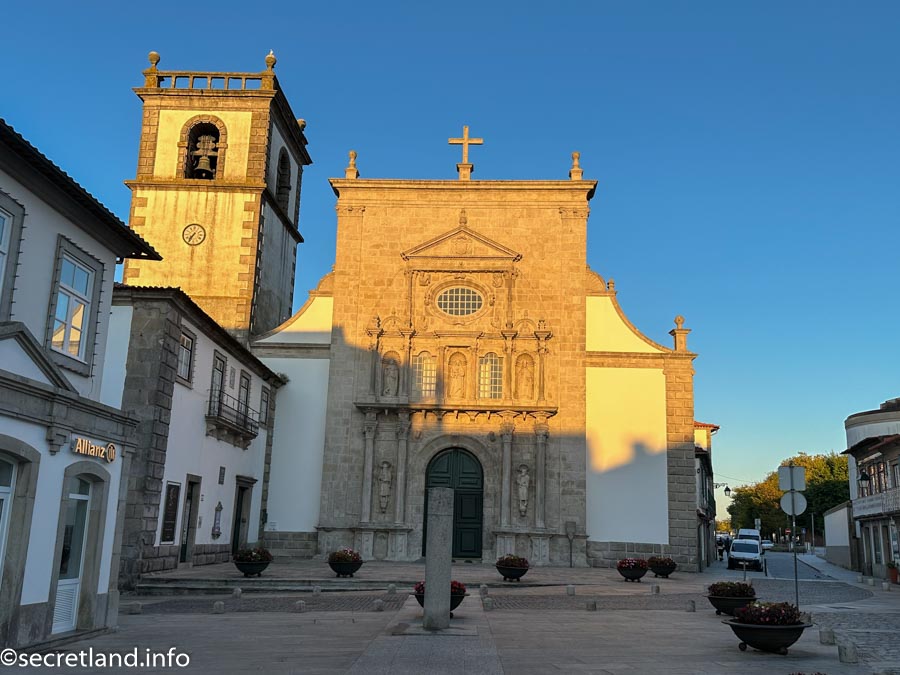
Monument to Saint Bartholomew Fernandes – São Bartolomeu dos Mártires
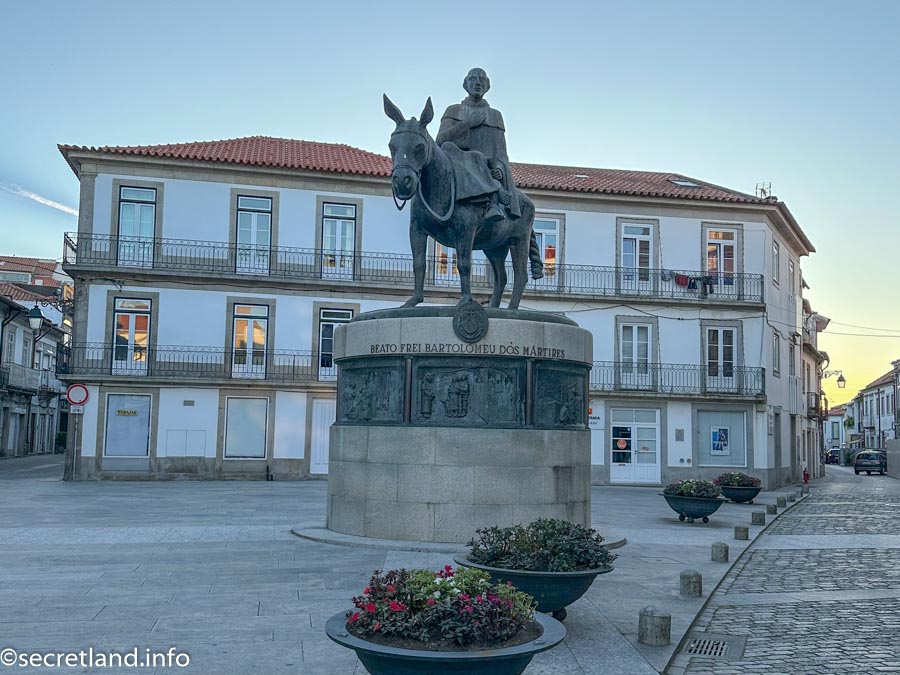

View of the Forte Santiago da Barra, 15th century
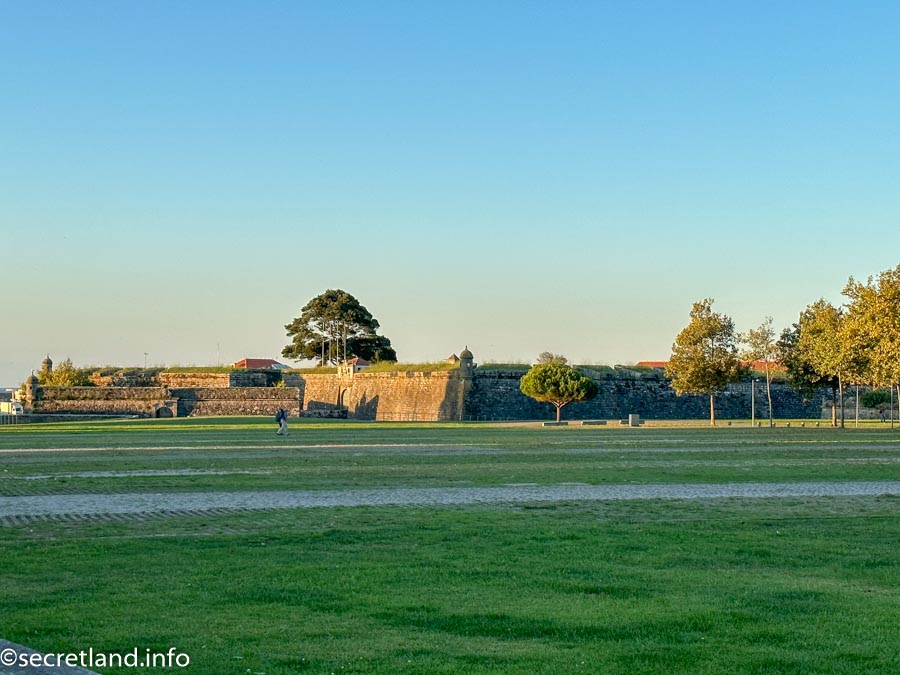
Sanctuary of Our Lady of Agonia – Santuário de Nossa Senhora da Agonia. The church acquired its modern appearance in 1751-1755.

Sculpture of Karamuru- Escultura do Caramuru. Diogu Álvarez Currea, nicknamed Karamuru, was born in Viano do Castelo. In 1509, he went to Brazil, where he was captured by the Tupinamba tribe. It was the Indians who called him Karamuru – “man of fire”. Diogu married the daughter of a tribal leader named Paraguasu and founded the settlement of Vila Velha.
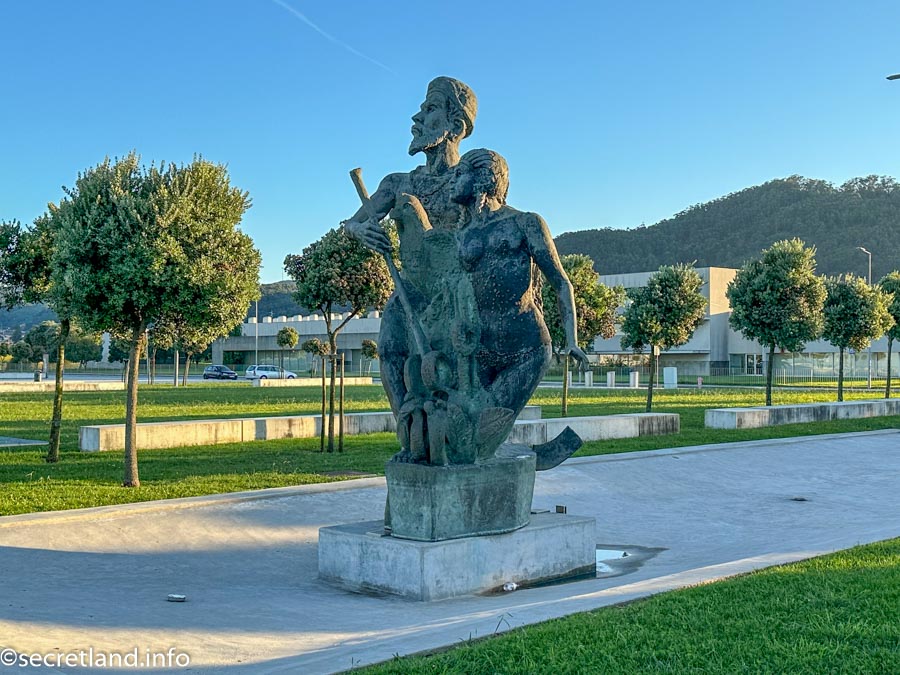
Viana do Castelo is an interesting city with many sights, one day in the city is clearly not enough to see everything, besides, I did not get to the church of Santa Luzia. The town is worth a visit if you are nearby in Porto.
Portugal
Porto
Hotels
- Residencial Princesa do Ave, Vila do Conde
- Baixinho Guest House, Vila Praia de Âncora
- Hotel Terra Linda, Viana do Castelo
- River Zen House, Esposende
Towns
Camino Portuguese
- Camino Portuguese – Day One – Porto — Vila do Conde
- Camino Portuguese – Day two – Vila do Conde – Esposende
- Camino Portuguese – Day three – Esposende – Viana do Castelo
- Camino Portuguese — Day Four — Viana do Castelo — Vila Praia de Âncora 17.5 km
- Camino Portuguese – Day Five – Vila Praia de Âncora – A Guarda 14 km
Discover more from Secret land
Subscribe to get the latest posts sent to your email.
